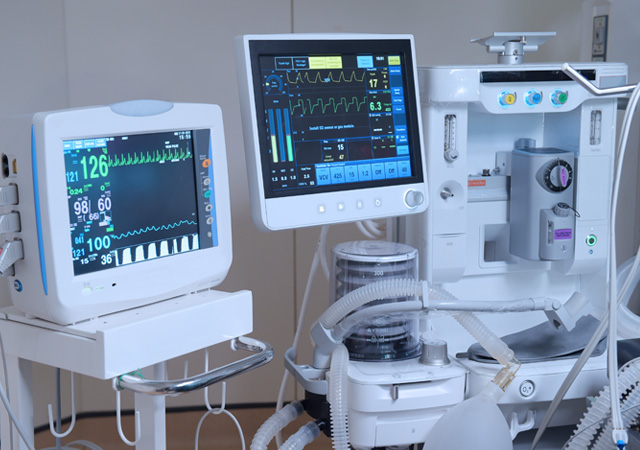Increasing occurrence of skin disorders such as eczema and psoriasis across the globe coupled with technological advancement in phototherapy is projected to impact the overall sales of phototherapy devices in the near future. With the rise in number of patients having severe skin conditions, there has been a greater urgency of more advanced treatment modules. The arrival of cost-efficient and superior phototherapy equipment that run on LED technology is encouraging patients to opt for phototherapy treatment. In recent years, phototherapy treatment has undergone immense transformation owing to the development of new technological peripherals.
Each segment of the phototherapy devices market has been individually analyzed on the basis of pricing, distribution, and demand prospect for the following regions:
- North America (Canada, US)
- Latin America (Argentina, Mexico)
- Europe (NORDIC, UK)
- Japan and MEA
- APEJ (China, India)
The aforementioned factors are anticipated to further propel the adoption of phototherapy devices. Moreover, phototherapy devices are quite efficient when it comes to treating neonatal jaundice, a condition common among new born babies who have high bilirubin levels. On the flip side, high risk of adverse side-effects and increasing availability of alternative mode of treatments along with strict regulatory norms on new product approvals are some of the major growth deterrent of the global phototherapy devices market, which is set to expand at over 4.7% CAGR over the forecast period (2017-2022)
Phototherapy devices are used for treating neonatal jaundice and various skin conditions. These devices are extensively used in procedures such as reducing of bilirubin serum concentration or curing bilirubin toxicity. Phototherapy devices are also used in treating hyperbilirubinemia in both hemolytic and non-hemolytic conditions. These devises can effectively reduce the need for frequent blood transfusion. Phototherapy devices are facilitating greater patient convenience and hence witnessing widespread adoption in hospitals and clinics.
You can Request an Example Copy from here – https://www.factmr.com/connectus/sample?flag=S&rep_id=76
Competition Tracking
Medela AG, Natus Medical Incorporated, ALFAMEDIC S.R.O., Nice Neotech Medical Systems Pvt. Ltd., Herbert Waldmann GmbH & Co. KG, The Daavlin Company, Heal Force Bio-Meditech Holdings Limited, Drägerwerk AG & Co. KGaA, General Electric Company, Hill-Rom, Medisana AG, Natus Medical Incorporated, Solarc Systems Inc., National Biological Corp., NINGBO DAVID MEDICAL DEVICE CO., LTD., Schulze & Böhm GmbH, Guangzhou Beautylife Electronic Technology co.,Ltd., Philips Lighting Holding B.V., DIXION and Phoenix Medical Systems Pvt. Ltd. are among the key companies partaking in the growth of global phototherapy devices market through 2022.
In terms of revenue, the phototherapy devices market in North America is expected to remain highly attractive throughout the forecast period. In addition, the region’s market is projected to expand at little under 4% CAGR over 2022. Meanwhile, the markets in Asia-Pacific excluding Japan (APEJ) and Europe are also projected to register a steady growth over the next five years.
Ask Industry Professional about Report – https://www.factmr.com/connectus/sample?flag=AE&rep_id=76
On the basis of product type, adoption of the conventional phototherapy devices is significantly high. Global sales of conventional phototherapy devices currently accounts for close to 55% revenue share of the market and this trend is likely to continue in 2017 and beyond. By end use, the hospitals segment currently accounts for more than 60% market share in terms of revenue. Towards the end of the forecast period, more than US$ 395 Mn worth phototherapy devices are estimated to be installed in hospitals across the globe.




